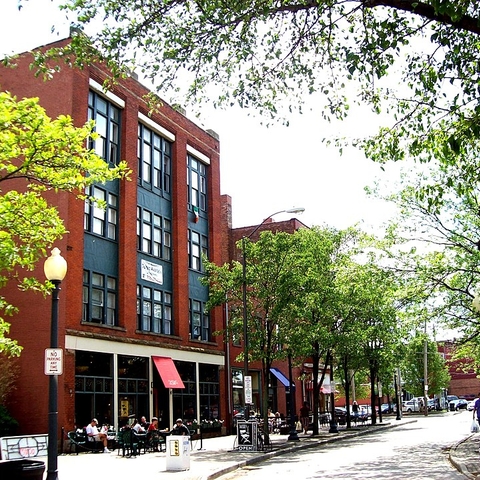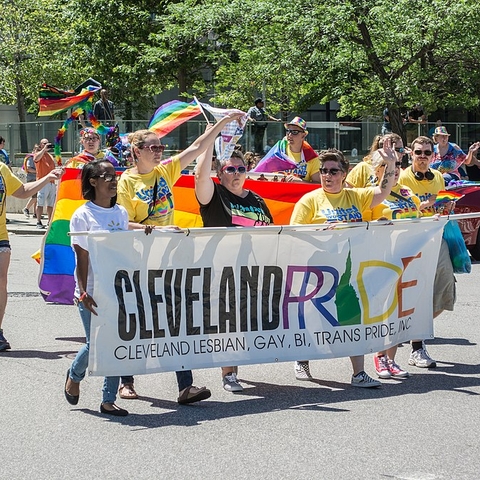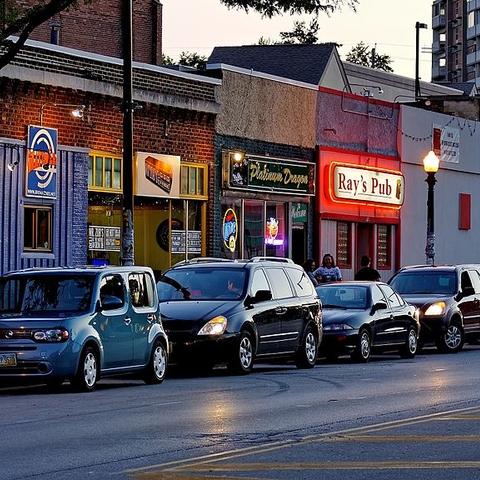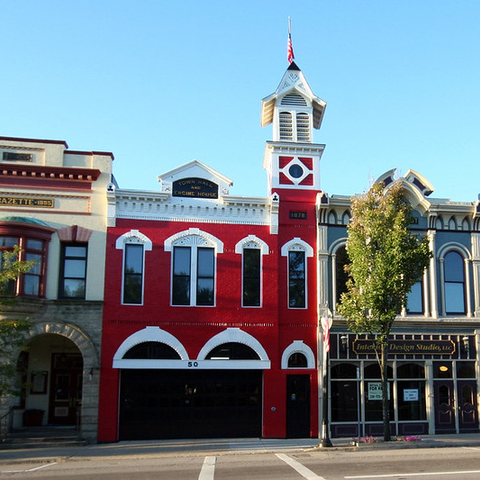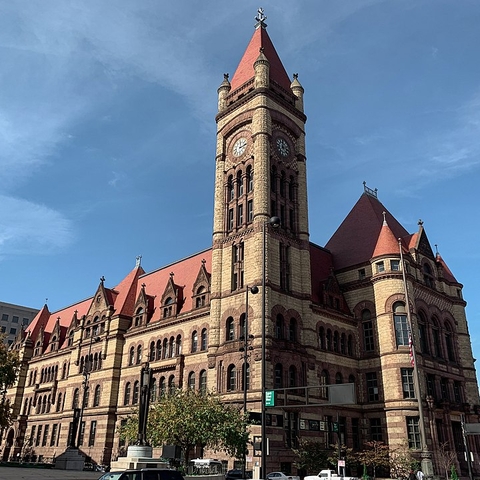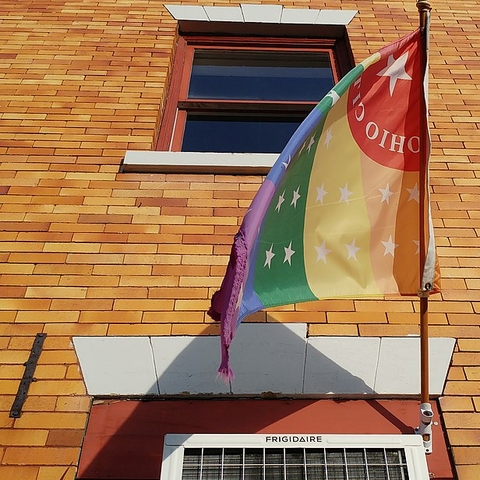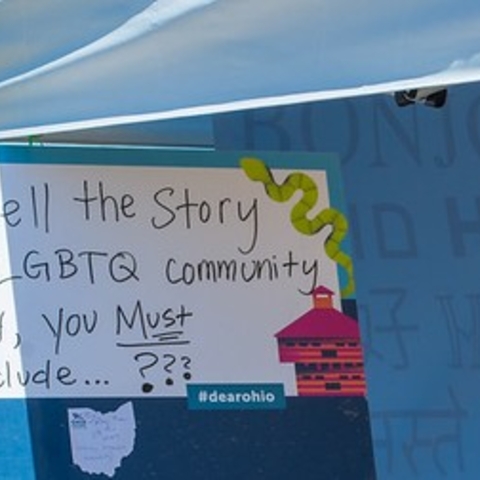
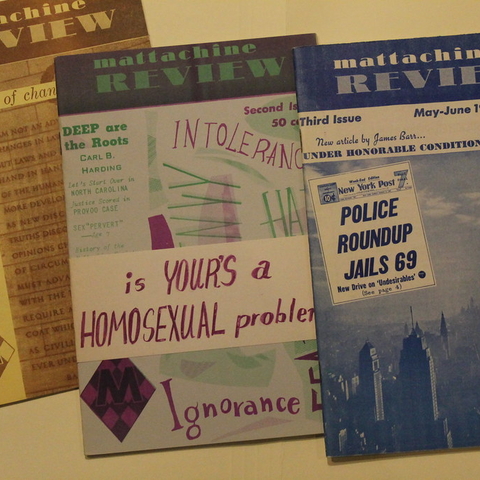
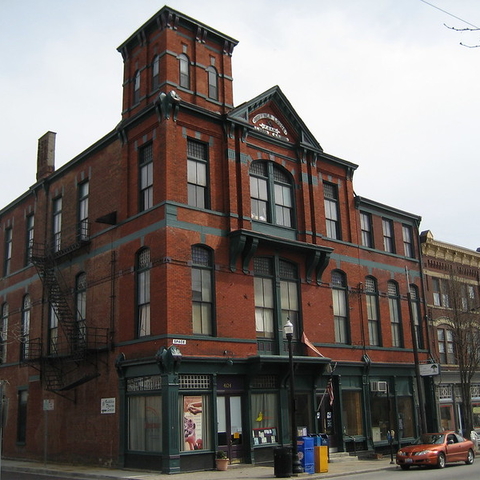
Storefronts on Hamilton Avenue in Cincinnati's Northside neighborhood in the 2000s. In the late twentieth and early twenty-first centuries, some urban planners saw gay-friendly districts like this one as engines of economic development. Photo by Jerome Strauss.
Best-selling author and urban planner Richard Florida visits an art and design studio in Dayton, OH in 2008. Photo courtesy of Southwestern Ohio Council for Higher Education.
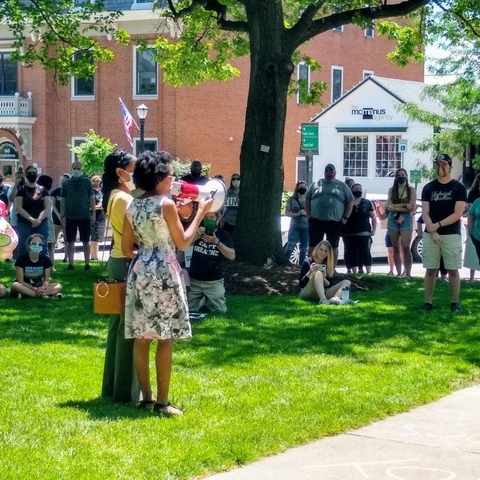
Black Lives Matter demonstration against white supremacy in Medina, OH, 2020. Photo courtesy of Tina Forhan.
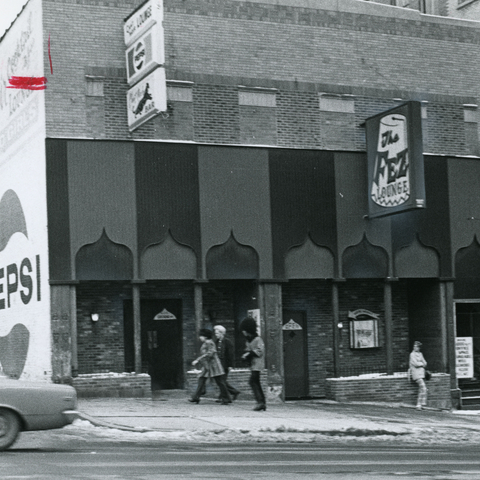
The Fez bar in downtown Akron, OH, 1971. The police frequently raided the bar because they believed that the clientele was bad for other businesses. Photo courtesy of Akron Beacon Journal- USA Today Network.
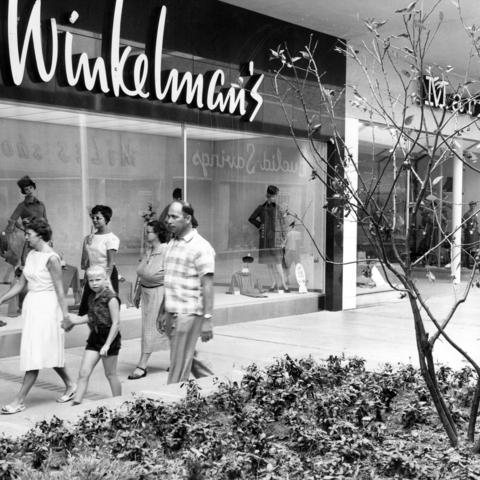
Winkelman's Department Store in the Parmatown Shopping Center in Parma, OH, 1960. Photo courtesy of Special Collections, Cleveland State University Library.
Crowd gathers to witness the passage of new laws banning discrimination based on a person's sexual orientation or gender identity in Medina, OH, 2019. Photo courtsey of OutSupport.
High school students share letters of support for LGBTQ protections in Medina, 2019. Photo courtesy of OutSupport.
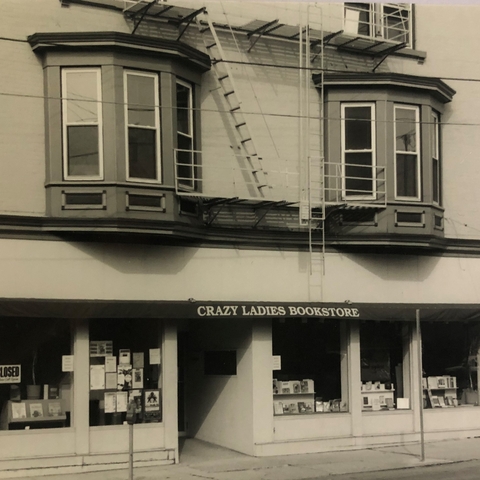
The Crazy Ladies Bookstore, a lesbian-owned business in Cincinnati's Northside neighborhood in the 1990s. Photo courtesy of Ohio Lesbian Archives.
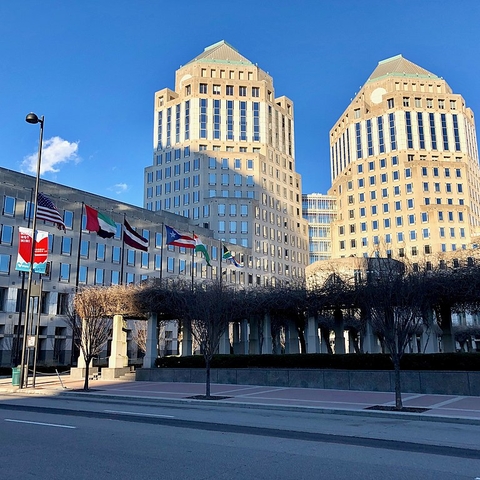
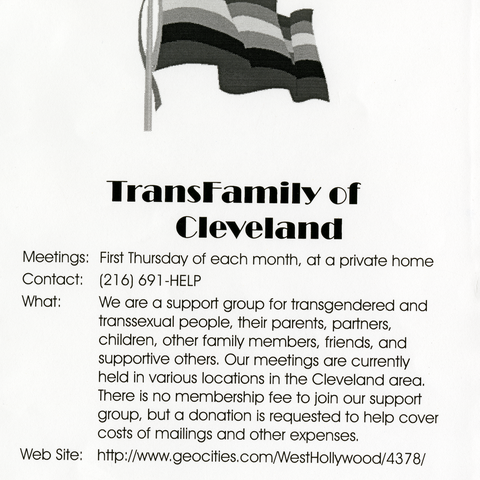
Pride Flyer from TransFamily in 1997. Image courtesy of The Western Reserve Historical Society, Cleveland, OH.
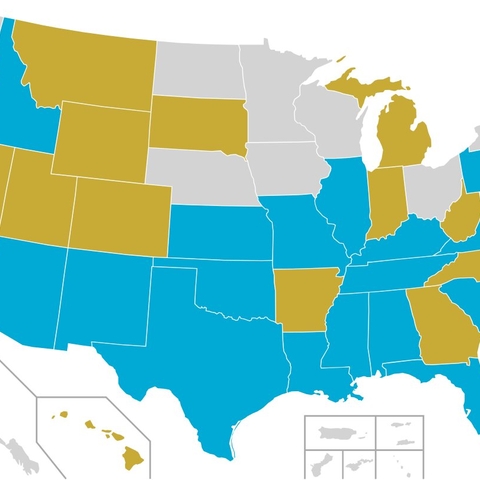
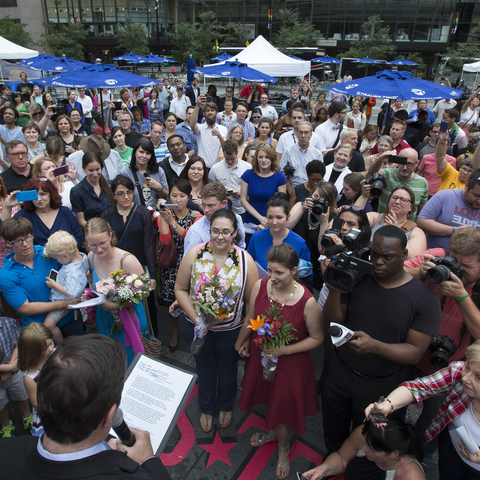
Nevi Kotzevi, center left, and Maggie Best-Miller, center right, hold bouquets as they are married by Mayor John Cranley before a throng of supporters and journalists at Fountain Square in Cincinnati in 2015 after the Supreme Court declared that same-sex couples have a right to marry anywhere in the United States. AP Photo, John Minchillo. Used with permission.
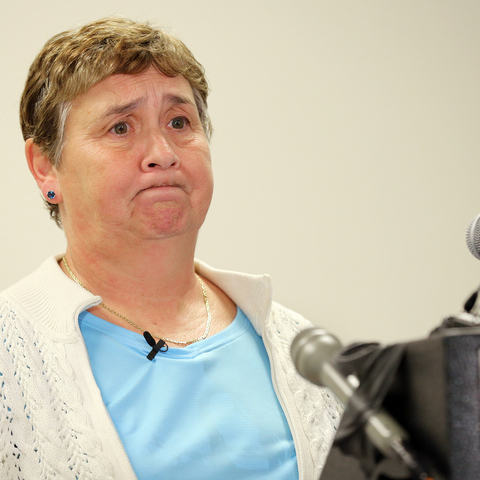
Carla Hale delivering a statement confirming her firing from Bishop Watterson High School during a press conference in Columbus, Ohio in 2013. Hale was fired from Bishop Watterson H.S. for being in a gay relationship. Although many cities like Columbus have nondiscrimination ordinances, they do not always apply to religious organizations. AP Photo/ Columbus Dispatch, Adam Cairns. Used with permission.
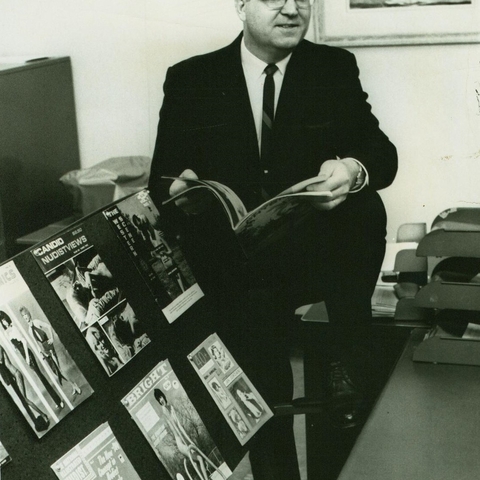
Gil Thurman of Dayton vice squad poses with magazines in 1967. During the 1950s and 1960s, most cities in the U.S. had police units dedicated to closing adult bookstores and gay bars. Courtesy of Wright State University Libraries' Special Collections & Archives.
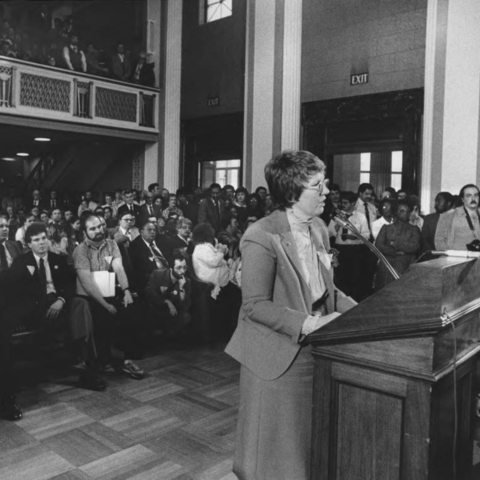
A speaker supports a bill for a homosexual rights ordinance in Columbus, Ohio in 1984. Columbus Citizen Journal Collection. Scripps-Howard newspapers/ Grandview Heights Public Library/ Photohio.org
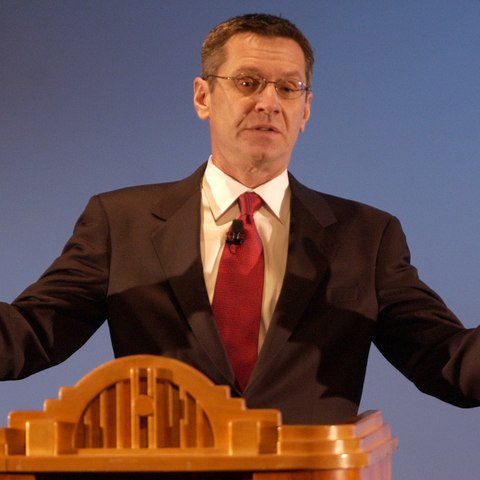
Cincinnati Mayor Charlie Luker calls on voters to repeal a 1993 city charter amendment that made Cincinnati the only U.S. city to ban enactment or enforcement of laws based on sexual orientation. By the early 2000s, many mayors believed that LGBTQ protections helped economic development. AP Photo, Al Behrman. Used with permission.
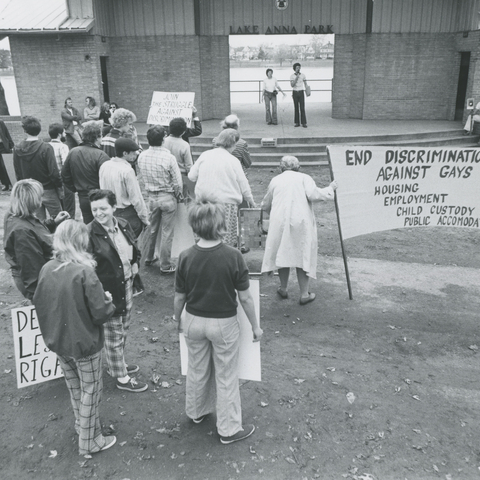
Summit County Gay Coalition rally in Barberton, OH, a suburb of Akron. During the 1970s and 1980s, many suburban LGBTQ people in the U.S. fought many forms of discrimination, including issues related to parenting. Photo courtesy of Akron Beacon Journal- USA Today Network.
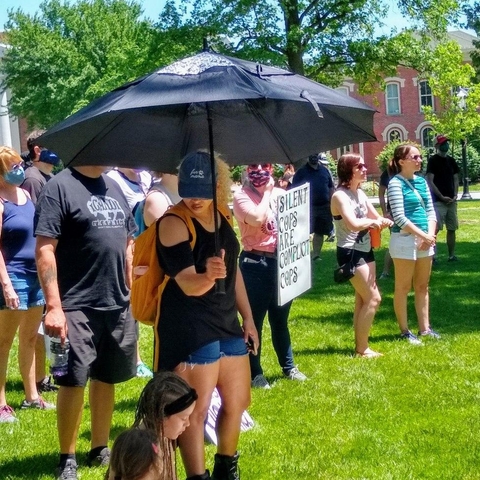
A Black Lives Matter rally in Medina in 2020. Recently, some white suburbanites in the U.S. have tried to reckon with the history of exclusion in their communities. Photo courtesy of Tina Forhan.

